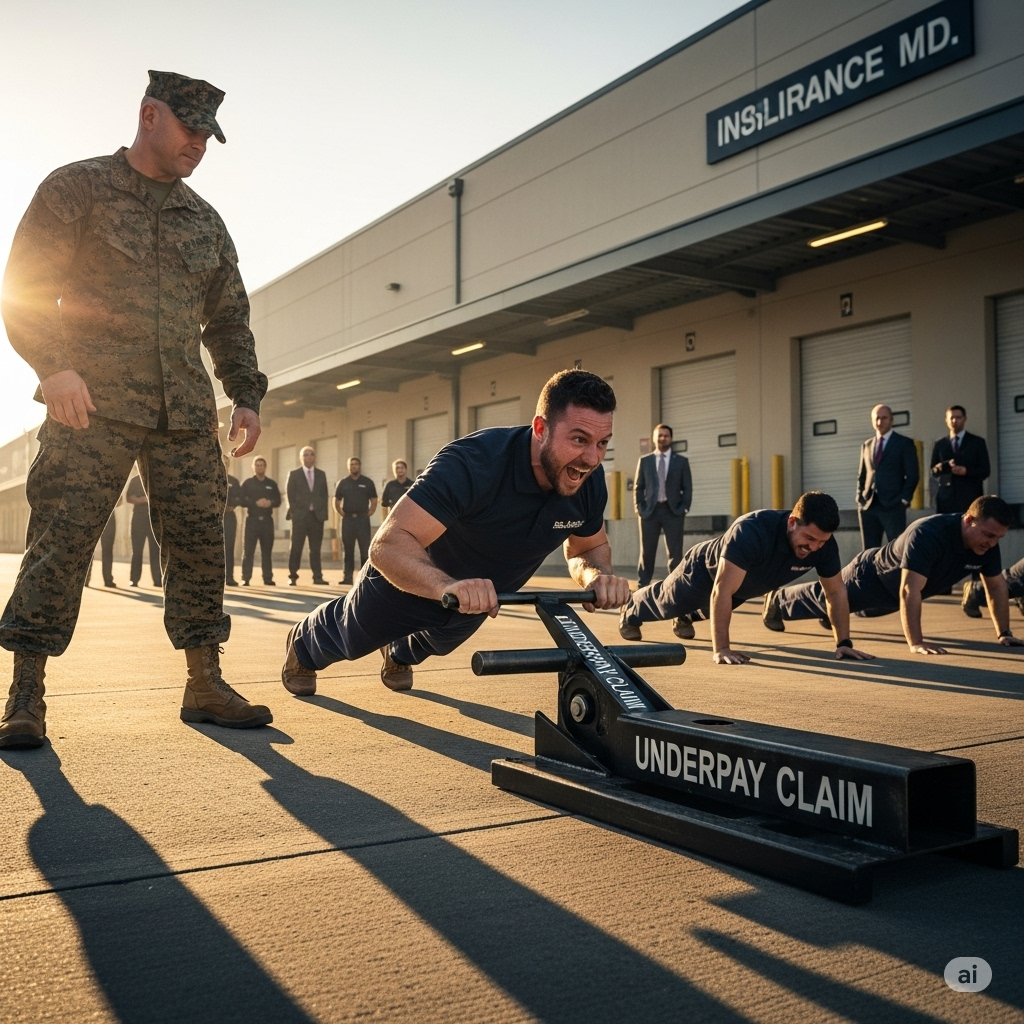What Do I Need To Win My Baltimore Personal Injury Case In Court?

In a Baltimore personal injury case, negligence must be proven by a preponderance of the evidence—that it’s more likely than not the defendant’s conduct caused the plaintiff’s injuries. The law recognizes four essential elements: duty, breach, causation, and damages. In a Baltimore civil case, the party seeking relief -which in the typical civil case is monetary relief, compensation or money damages- bears the burden of proving their case to a judge or a jury. In other words, it is the responsibility and obligation of the plaintiff to show that all of the elements of their claim have been demonstrated, and they are entitled to relief in the form of compensation for their injuries.
Baltimore Personal Injury Lawyer Tip #6. It is sometimes said that the plaintiff in a personal injury case has the obligation to not only produce evidence that they were injured by the fault of another and that they suffered damage as a result, but that the plaintiff also has the burden of persuading the judge or the jury they were in fact injured at the hands of another through no fault of their own and that they suffered cognizable, objectively verifiable, injury as a result of the actions of another.
This latter concept is sometimes referred to as the burden of persuasion. The test is whether the case strong enough to persuade the jury or judge that an accident and resulting injury the way the plaintiff said it did. The standard, the measure, or the yardstick for how convincing that proof must be is “ponderance of the evidence standard”.

Baltimore law requires four essential elements: duty, breach, causation, and damages.
In every Baltimore personal injury case, the starting point is the duty of care. The plaintiff must show that the defendant owed a legal duty to act reasonably under the circumstances. The law imposes this duty whenever one person’s conduct creates a foreseeable risk of harm to another. Drivers owe a duty to others on the road; property owners owe a duty to maintain safe premises; and medical providers owe patients competent, professional care. The scope of this duty depends on the relationship between the parties and the situation. For instance, a Baltimore motorist must obey traffic signals, avoid distractions, and not drive impaired. Establishing duty often involves citing statutes, local ordinances, or accepted standards of conduct. In some cases, expert testimony clarifies what a reasonably prudent person in the same position would have done. Without proving duty, a negligence case collapses at the outset, because there is no legal obligation the defendant could have breached. Duty sets the standard against which all later conduct is measured and is the foundation upon which every successful Baltimore personal injury claim is built.
Once a duty is established, the plaintiff must prove the defendant breached that duty by failing to act as a reasonably prudent person would have under similar circumstances. In Baltimore personal injury litigation, breach often means violating a traffic rule, ignoring a known hazard, or engaging in careless behavior that endangers others. Evidence of breach may come from police crash reports, surveillance footage, eyewitness testimony, or expert analysis—such as accident reconstruction or medical opinion. Negligence can be an act or an omission. For instance, a driver who texts through an intersection or a store owner who ignores a leaking roof both breach their duty of care. Maryland follows an objective standard: the question is not what this particular defendant thought was reasonable, but what a reasonably careful person in Baltimore would have done. In practice, proving breach means showing a deviation from community safety norms or established rules. Once breach is proven, the plaintiff must still link that misconduct to the injuries sustained. Breach is the factual backbone of a negligence claim—it transforms the abstract concept of “duty” into concrete wrongful conduct.
The third element, causation, connects the defendant’s conduct to the plaintiff’s injury. Under our law, this element has two parts: cause in fact and proximate cause. To establish cause in fact, a plaintiff must show that “but for” the defendant’s negligent act, the harm would not have occurred. For proximate cause, the plaintiff must show the injury was a foreseeable consequence of the defendant’s behavior—not the result of some remote or intervening event. In Baltimore personal injury cases, causation can turns on expert testimony. Medical professionals explain how trauma from a collision produced specific injuries, while engineers or reconstruction experts demonstrate how the defendant’s actions triggered the accident sequence. Causation is frequently contested because defendants may argue that preexisting conditions, other drivers, or unrelated events caused the plaintiff’s losses.
Baltimore PI Lawyer Tip #55: Insurance companies always argue any other cause under the sun.
Moreover, Maryland’s strict contributory negligence rule heightens this analysis, since any causal role by the plaintiff can bar recovery entirely. In the end, causation requires connecting the dots—proving that the chain of events leading from the defendant’s breach directly produced the injuries and damages claimed.
Baltimore PI Lawyer Tip #56: Insurance companies always argue that you caused or contributed to an accident,
Even if duty, breach, and causation are proven, a Baltimore plaintiff must demonstrate damages—actual losses suffered as a direct result of the defendant’s negligence. Maryland courts require proof of both economic and non-economic damages through credible, admissible evidence. Economic losses include medical expenses, therapy costs, lost income, diminished earning capacity, and property damage. Non-economic damages encompass pain, suffering, disfigurement, and loss of enjoyment of life. Documentation is critical: medical records, invoices, pay stubs, expert testimony, and photographs create the evidentiary foundation. Maryland also imposes statutory caps on non-economic damages under Courts & Judicial Proceedings § 11-108, so precision matters. Plaintiffs must present damages that are concrete, not speculative. A Baltimore jury evaluates whether the harm claimed naturally flowed from the negligent act. Ultimately, damages transform a theoretical wrong into a compensable injury—they quantify justice. Without proof of measurable harm, there is no recovery, regardless of how careless the defendant’s conduct may have been. In any personal injury case, damages are the final, indispensable proof that negligence has tangible, human consequences.
What is called for here is for the judge or jury to determine that it is more likely, or more probable, than unlikely or improbable that the plaintiff’s version of events is the correct one. It’s sometimes expressed as a numerical percentage of 51% more likely so than not. If met, it is sufficient to carry the day in court. Other types of cases have much higher standards when it comes to the burden of proof. In a criminal case, a jury must be persuaded beyond any reasonable doubt that a defendant is guilty. Generally, in order for a court to award punitive damages, there must be clear and convincing evidence that the plaintiff is entitled. The burden in the typical civil case, however, is substantially lower. It is simply “more likely, as opposed to less likely” and “more likely” by a very small amount i.e. 2%. As Attorney Eric T. Kirk will tell you.
The law would require that, if it is 49% likely that the defendant is correct in their legal position and 51% likely that a plaintiff is correct in their legal position, although the relative likelihoods are very, very close, separated by only a fraction, that break down means that the plaintiff has carried the day, and wins their case. Despite this relatively low burden of proof in the typical civil case, it shocks some people to learn that thousands of Baltimore automobile accident claims are denied by courts in this state every year, with a ruling that the plaintiff has “failed to carry the burden of proof.”
Even relatively simple cases can become complex at the trial level. I’ve handled thousands of personal injury cases in Maryland New York in Florida. I’ve tried hundreds of cases. I extend a complimentary case analysis and opinion about their legal case to those that consult with me. Please call me today to arrange a meeting.



